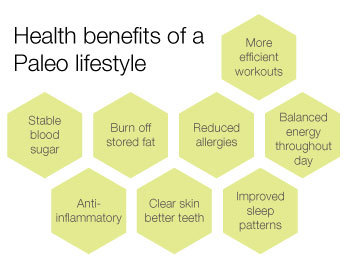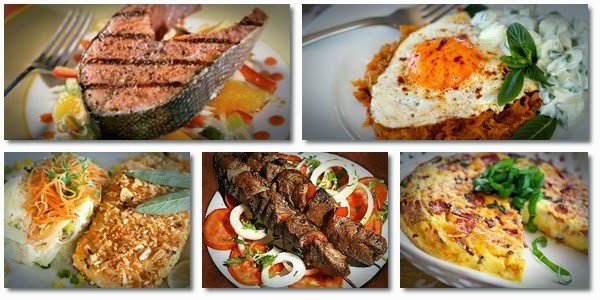In these days of dieting and watching what we eat, different diets come in and out with the seasons. One that has gained a lot of traction in recent years is known as the Paleo diet. Popular for its relation to our Paleolithic ancestors, who were not documented as having suffered from the obesity related ailments that money people suffer with today.
Contents
What is the Paleo diet?

The Paleo diet is a diet that incorporates eating specific foods, and reducing intake of others, but also is dependent on specific types of exercise and even getting a daily dose of sunshine. When our ancestors worked the land, they would have eaten food that was locally sourced and unprocessed. These days, with the advent of supermarkets, we can get access to whatever we want, whenever we want it, and the Paleo diet works on reversing this.
For example, even smoothies are processed in a way that our ancestors could not have attained easily. Sure, they had a pestle and mortar, so could crush and pulverise things, but they did not have the machinery to really finely smoothen, much less the machinery to process other foods.
What food can I eat on the Paleo diet?
Basically, the best food options for following the Paleo diet are those that surround you naturally. This means organic meat, fish, fruit and vegetables, and anything in its purest state. In Paleolithic times, our ancestors would have eaten the fruits, legumes and vegetables that were in season, or found ways to preserve them when out of season. These simple ways of preserving include drying, smoking and pickling.
What food should I avoid on the Paleo diet?
If the best food is that which is the least processed, then it stands to reason that the ones to avoid are actually the refined and processed ones. These include sugar, refined flours and even dairy products. Any pre-packaged foods are usually filled with complicated ingredients that have been subjected to damaging processes, such as freeze drying and bleaching. Pure, unpasteurised milk should be OK, but the process used to make complicated cheeses even goes against the Paleo principles.

What exercises should I do on the Paleo diet?
Die hard Paleo enthusiasts specify that only exercises reminiscent of those undertaken by our ancestors should be carried out on the diet. This means anything that mimics the acts of scything, shooting and hunting, as well as spearing, and hand pulverising. It’s actually surprising how many modern exercises do hark back to those times.
Essentially, it is good to be participating in any exercise that raises the heart rate, and anything that uses muslces, so a combination of short reps and high cardio should work well for the modern dieter. This can vary, dependent on how much you wish to subscribe the Paleo diet’s requirements.
Where’s the sunshine?
Since Paleolithic people worked outside often, some people believe that it’s important to get at least 20 minutes of exposure to the sun every day. This helps to keep us healthy, ensuring our bodies are reinforced with vitamin D. Many people decide to combine their exercise routine with the need for outdoor air, and exercise outside.
How Paleo are you?
There are several different approaches to the Paleo diet, and it depends how easy it is to fit the different aspects in. Some people even consider eating any grain at all to be going against Paleo principles, where other believe that legumes don’t count as proper grains and will allow them on the diet. Some just ensure they exercises a couple of times per week, where others embody the exercises that mimic Paleolithic hunting motion. You can make your own version of a Paleo diet by choosing what you want to eat, and incorporating that. There are no hard and fast rules; rather general principles.
To find out more about how to combine foods perfectly and to create the most delicious and healthy Paleo meals in as little as 20 minutes, The Paleo Recipe Book is a great place to start. Packed with essential information, this eBook helps you get started on the new you!